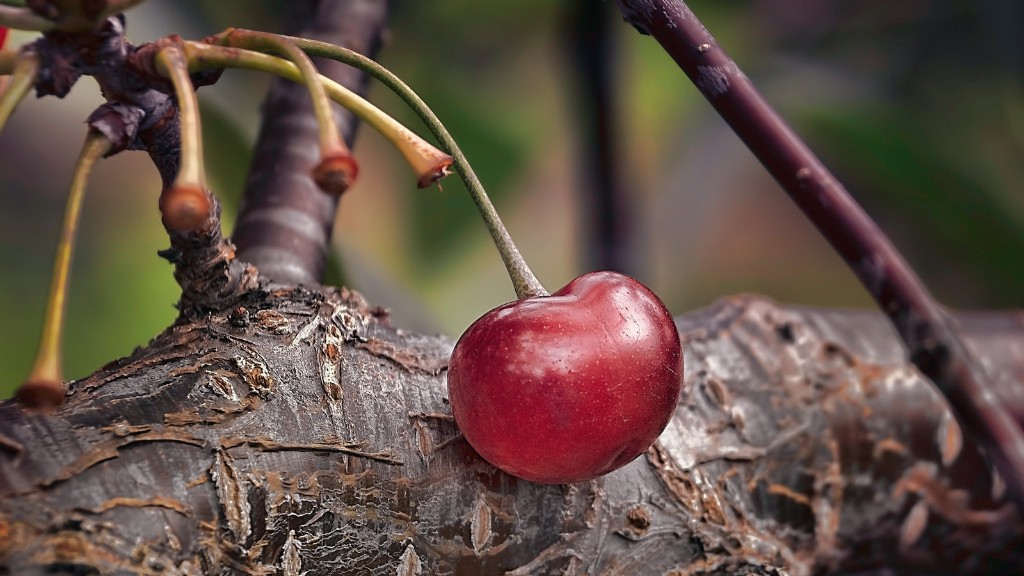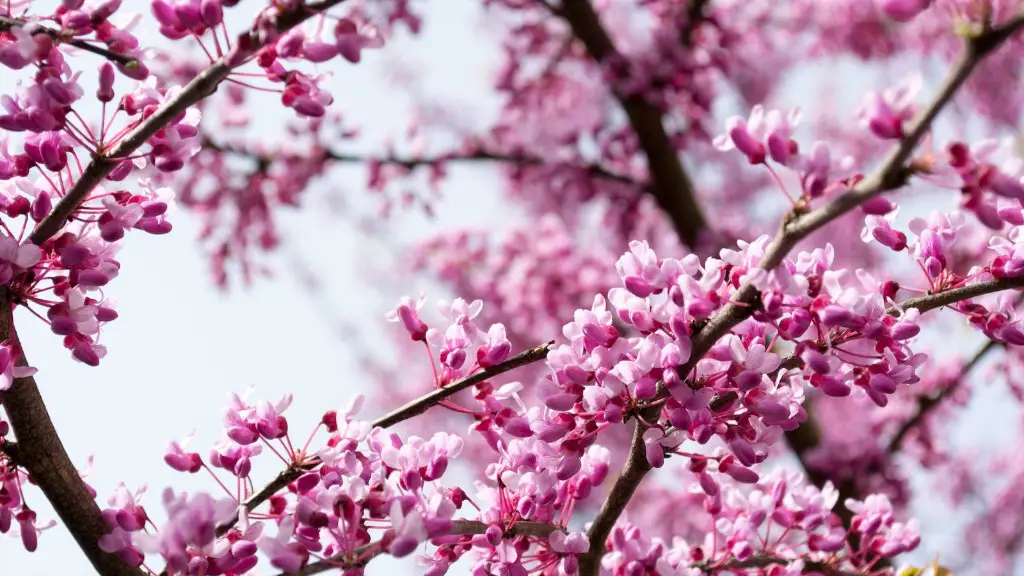What Is Eating My Weeping Cherry Tree?
This can be a frustrating and difficult problem to solve. Trees can be affected by a wide range of pests and diseases, and often it is not possible to tell which one is the cause without further investigation. Unfortunately, without knowing what is causing the problem, it can be difficult to take the necessary steps to protect the tree and stop further damage.
Generally, animals are the most common culprits for eating weeping cherry trees. Deer and rabbits can both gnaw through the tender new growth of trees. Birds can also cause problems by pecking away at the bark and leaves. The most common insect pests include caterpillars, aphids and scale insects. If there is evidence of these insects, then it is necessary to take control measures to reduce their populations, such as spraying or applying appropriate insecticides.
As well as animals and insects, certain diseases can also cause damage to weeping cherry trees. For example, a fungus called “powdery mildew” can cause the leaves to become discoloured and distort the buds, preventing them from opening correctly. If a disease is suspected, then it is best to take a sample of the affected tissue to a laboratory for further analysis.
Although the end result of poor tree health is often the same, it is important to try and identify the cause before taking action. If the wrong solution is applied, such as using insecticides on a disease, then the damage can actually worsen. It is also important to note that while certain preventive steps can be taken, such as fencing off deer or applying insecticides, once damage has been done it is not always possible to completely restore the tree’s health.
Experts caution that if the tree appears to be under considerable stress or showing signs of decline, it is best to seek the advice of a qualified arborist who can better assess the tree’s overall health and diagnose the underlying issue. They can then provide the best course of action for restoring the tree and preventing further damage.
In summary, the most common causes of damage to weeping cherry trees are animals, insects and diseases. The best way to identify the cause is to look for any visible signs of pests or diseases, and to take a sample of the affected tissue to a laboratory for further analysis. Good maintenance practices, such as ensuring the tree is adequately watered and pruned, can also help to reduce the risk of pests or disease. If the problem persists, then it is best to seek the advice of a qualified arborist to help diagnose and treat the tree appropriately.
Animals Eating Weeping Cherry Trees
Animals such as deer, rabbits and birds are commonly known to eat away at weeping cherry trees. Deer and rabbits can gnaw away at the new growth of the tree, which is particularly vulnerable due to its tenderness. Birds also cause damage by pecking away at the bark and leaves. To protect the tree from animals, it is advisable to build a fence around the tree or to use repellents or scaring devices. The effectiveness of these techniques can vary depending on the type of animal and the situation.
When the tree is still young, it is especially vulnerable to animal damage, so it is important to take the necessary steps to protect it as soon as possible. Taking preventive measures can also help to reduce the risk of animals returning. For example, keeping the area around the tree clean and free of food sources is an effective way of discouraging animals from returning. In addition, ensuring the trees are regularly trimmed can make them less enticing to animals.
If a deer problem persists, then it may be necessary to use stronger methods such as using appropriate fencing or using motion-activated devices to scare away the animals. It is also important to remember that it may take some time for the trees to recover fully from the animal damage. Taking the necessary steps to protect the tree from animals can help to reduce the risk of further damage and help the tree to recover fully.
Insects Eating Weeping Cherry Trees
Insects can also cause significant damage to weeping cherry trees. The most common insect pests include caterpillars, aphids and scale insects. Caterpillars can chew through the leaves of the tree while aphids and scale insects feed on the sap of the tree and weaken it. If there is evidence that insects are the cause of the damage, then it is necessary to take control measures such as spraying or applying appropriate insecticides.
Insect damage is often easier to spot than animal damage, as it is usually more visible. Some signs to look out for include discoloured leaves, wilting, spots or webbing on the leaves, or a sticky deposit on the leaves or branches. Once the cause of the damage has been identified, it is important to take the necessary steps to reduce the population of the insects. This can be done by using appropriate insecticides or by introducing natural predators into the area.
It is important to note that insecticides and other treatments should be applied according to the manufacturer’s instructions. Also, any plants or trees in the area should be monitored for signs of damage and treated as soon as possible to prevent the spread of any infestation.
Diseases Eating Weeping Cherry Trees
Certain diseases can also cause damage to weeping cherry trees, most notably powdery mildew and fire blight. Powdery mildew is a fungal disease that causes the leaves to become discoloured and distort the buds, preventing them from opening correctly. Fire blight is a bacterial disease that causes the branches and twigs of the tree to become blackened and lifeless.
If a disease is suspected, then it is best to take a sample of the affected tissue and send it to a laboratory for further analysis. This will allow an accurate diagnosis to be made and the necessary steps to be taken to control the disease. Generally, a combination of methods is used, including pruning away affected branches, maintaining good hygiene around the tree, and using appropriate fungicides or bactericides.
It is important to note that diseases can spread quickly and cause significant damage, so it is important to act quickly and to treat the tree as soon as possible. Regular monitoring of the tree is also essential, as any signs of disease can be quickly treated before any further damage is done.
Preventive Measures for Weeping Cherry Trees
A few simple preventive measures can help protect weeping cherry trees from animals, insects and diseases. First of all, it is important to provide the tree with the right amount of water and nutrition to help it grow healthily and be better able to resist pests or diseases. Regular pruning is also important to remove any diseased or dead branches, as well as to discourage animals from feeding on the tree.
In addition, keeping the area around the tree free of weeds and debris can help reduce the risk of disease or pests, as they can often use these materials as shelter or food sources. Finally, using a mulch around the base of the tree can help to protect the roots from damage. This can also help to maintain an even level of moisture in the soil, ensuring the tree has access to the water it needs to thrive.
Conclusion
Protecting weeping cherry trees from animals, insects and diseases requires a multi-faceted approach. Prudent preventive measures such as providing adequate nutrition and water, keeping the area clear of debris, and using appropriate fences and repellents can help to reduce the risk of damage. If damage is noticed, then it is important to take the necessary steps to identify and treat the problem as soon as possible. If the problem persists, then it is best to seek the advice of a qualified arborist who can provide the best solution tailored to the unique needs of the tree.




